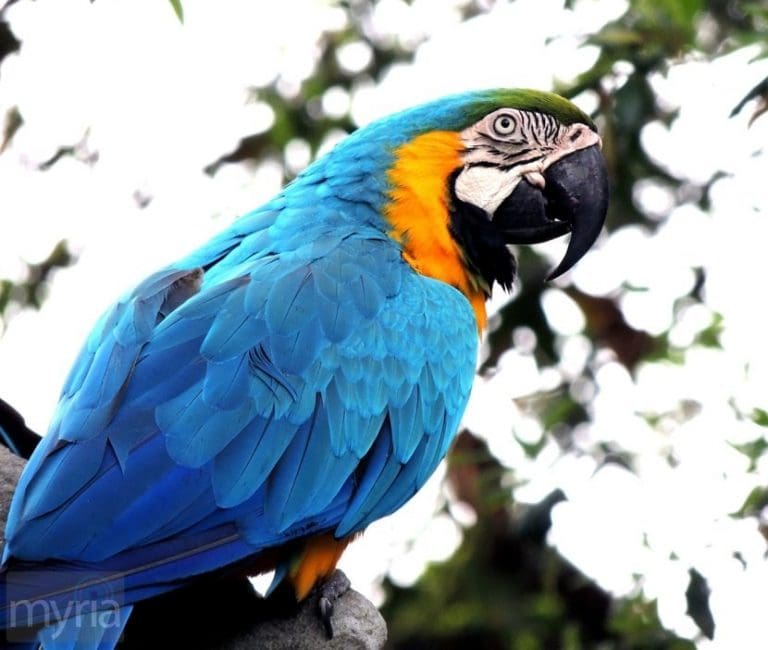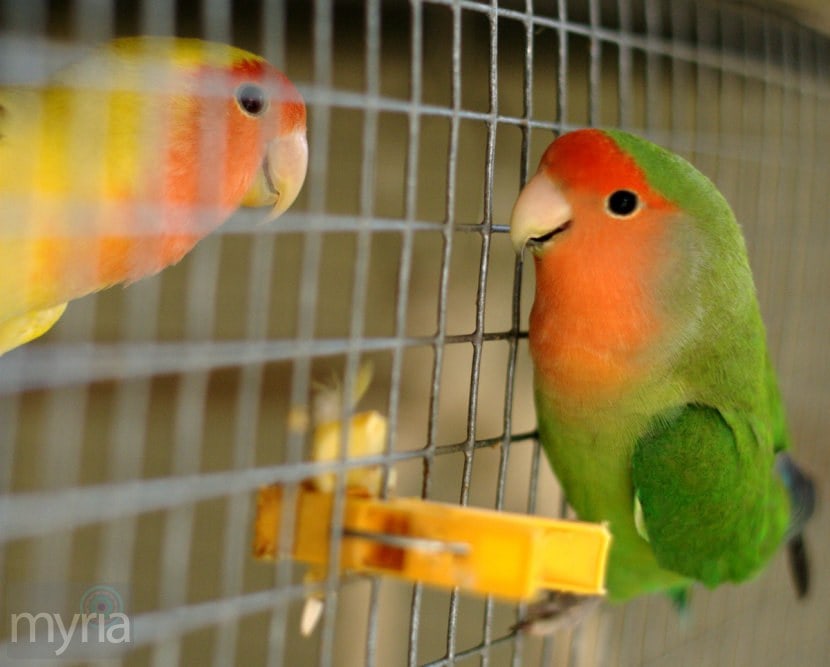Parrots are clever and cute… and are also loud, messy and busy — just a few reasons that while birds make wonderful pets, they are not low-maintenance alternatives to a cat or dog.
Are you ready for a pet bird? Whether you’re thinking of a little parakeet, a large parrot or something in between, here are some tips from the National Aviary on making a bird a true part of the family.
Pet birds: Parrots and their bird kin
Parrots can be incredible companions. These tropical birds can copy or mimic sounds, a talent few other animals share. They’re also very intelligent: a researcher at Brandeis University estimated one parrot to be as intellectually intelligent as a 5-year-old human child.
And parrots and their family members — cockatiels, parakeets, budgerigars, cockatoos, African Greys, macaws, ringnecks and others — are long-lived birds. Small parakeets (budgies) can live into their 20s, while large parrots like macaws may live over 60 years — meaning the right parrot can literally be a lifelong companion.
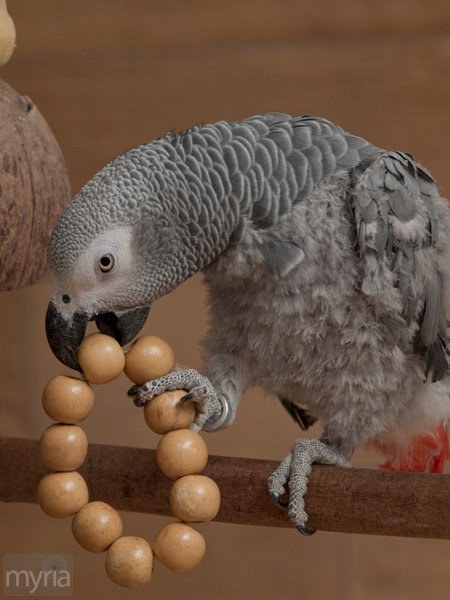
The first order of business is selecting the proper bird for your family. Generally, the larger the bird, the larger the cage and the more time and attention they require. If you don’t have much experience living with pet parrots, you may want to begin with a parakeet or a cockatiel.
>> Pet birds: Keep your feathered friends from getting you sick
“Birds can be fabulous pets, but they can also be noisy and messy,” says Cathy Schlott, manager of animal training at the The National Aviary in Pittsburgh. “A lot of people purchase parrots because they expect them to be a fun, care-free pet, without realizing what a commitment parrots are.”
Birds are very social and larger parrots, like macaws and cockatoos, can require hours of interaction with their human owners. “In the wild, parrots generally live with a mate within a large flock, and when placed in a home, humans become their companions,” says Schlott. That means with a busy family off to work and school, birds can actually experience anxiety when left alone or may develop bad habits — like non-stop screaming.
“You need to plan for their care and determine how much time you can spend with your parrot. Having lots of toys and enrichment can help, but it’s not a substitute for interaction with the family, just like they would receive in the wild.”
Parrots need fun and stimulation
Enrichment refers to anything that encourages natural behaviors in the bird. For example, birds naturally chew and shred things, and many owners think expensive toys will provide distraction and fun for their pet, only to find them destroyed in a matter of minutes.
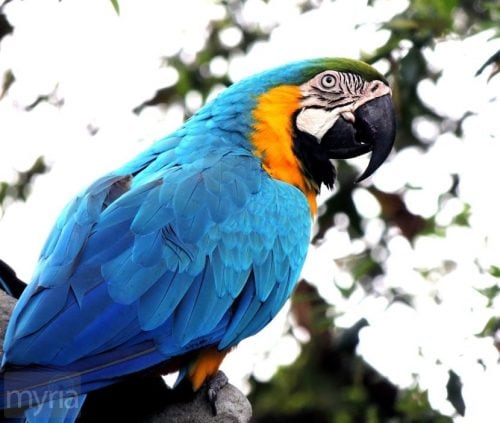
Schlott also suggests offering whole foods, which are an excellent, healthy way to satisfy a parrot’s need to chew. Giving a parrot a whole zucchini, carrot, celery, corn cob or acorn squash will entertain it for hours as it is shredded.
But she cautions that while we think of the latter as food, in fact, the parrot probably will eat very little as it shreds and chews.
Birds will need to be fed generally twice a day, with meals consisting of high-quality pelleted food and supplemental fruits and vegetables. Nuts and seeds can be offered as treats, but are not nutritionally complete foods.
Cages and beyond
Aside from the basic needs of food and water, parrots also need a safe, appropriately sized bird cage to serve as their primary home. It should be large enough to allow regular movement like stretching, climbing, and flapping. “Make sure before you purchase a bird that you know what its needs are just in terms of space,” cautions Schlott.
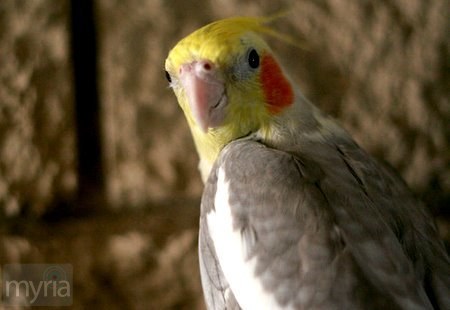
“Training any pet requires time and a great deal of patience,” notes Schlott. “But the techniques themselves aren’t difficult to learn. Training your parrot using positive reinforcement can not only curb undesirable behaviors, like biting, it can also help you have a better relationship with your parrot.”
“Parrots can be great pets in the right household,” says Schlott, “But they require time and attention, just like any other companion animal.”
She encourages owners and would-be owners to learn as much as they can before they select and bring a bird home. “Some birds can live 60 years or more,” she cautions. “Make sure you’re in it for the long haul.”

